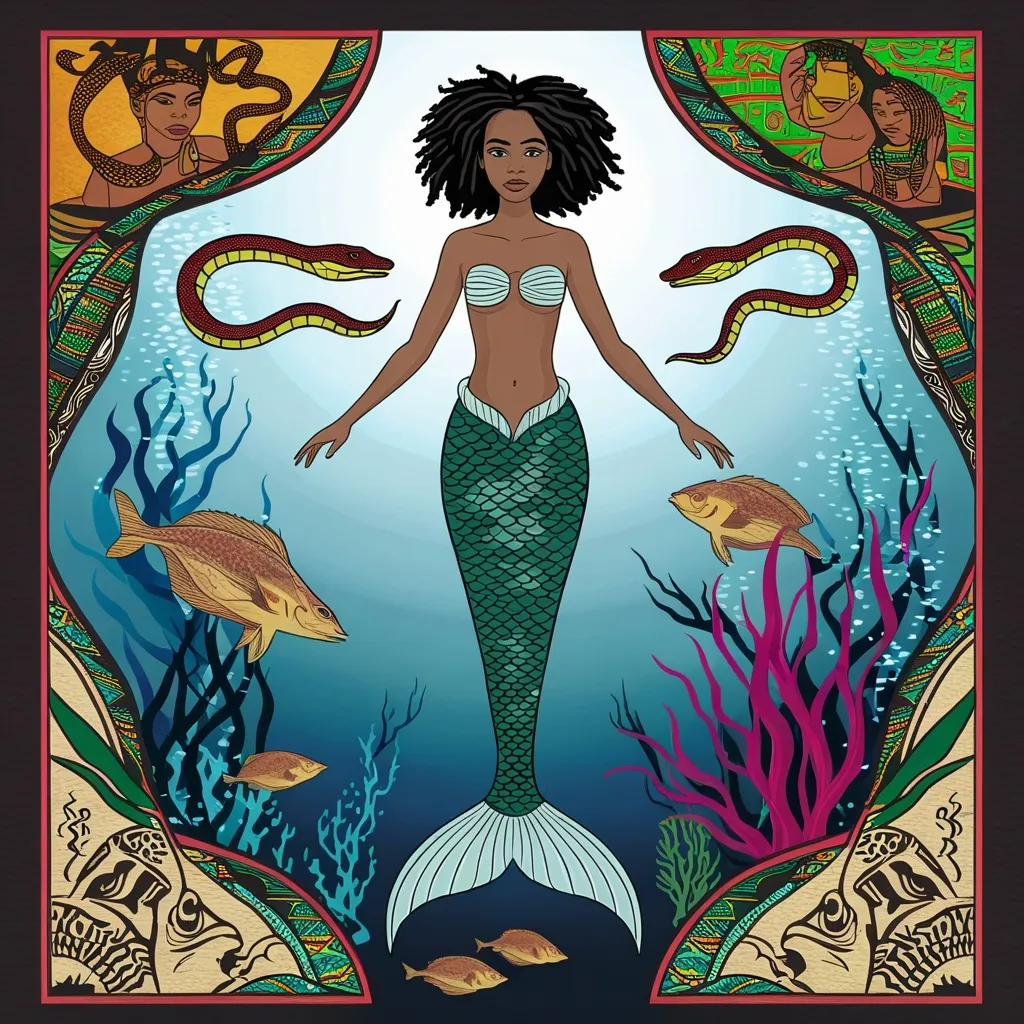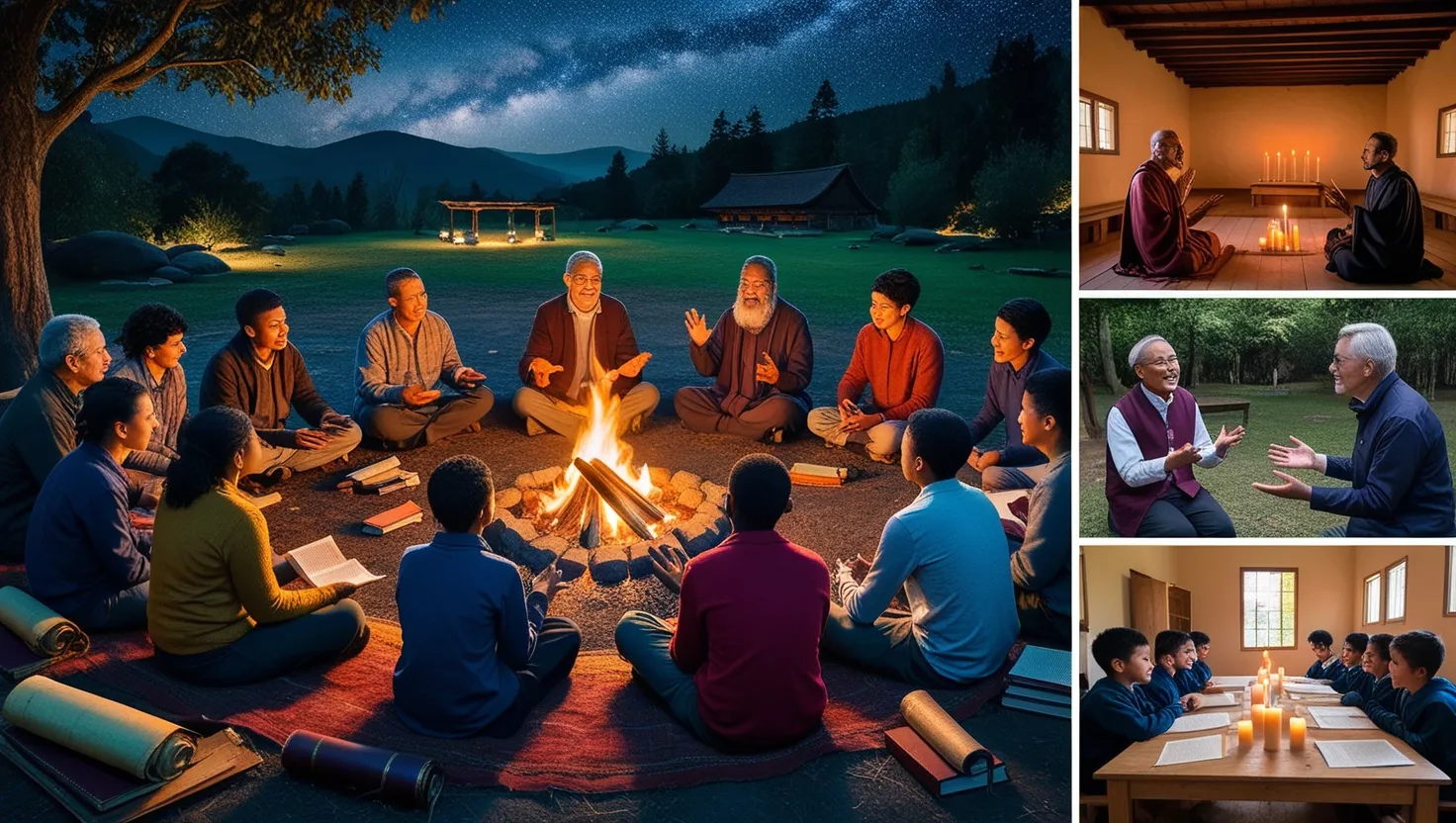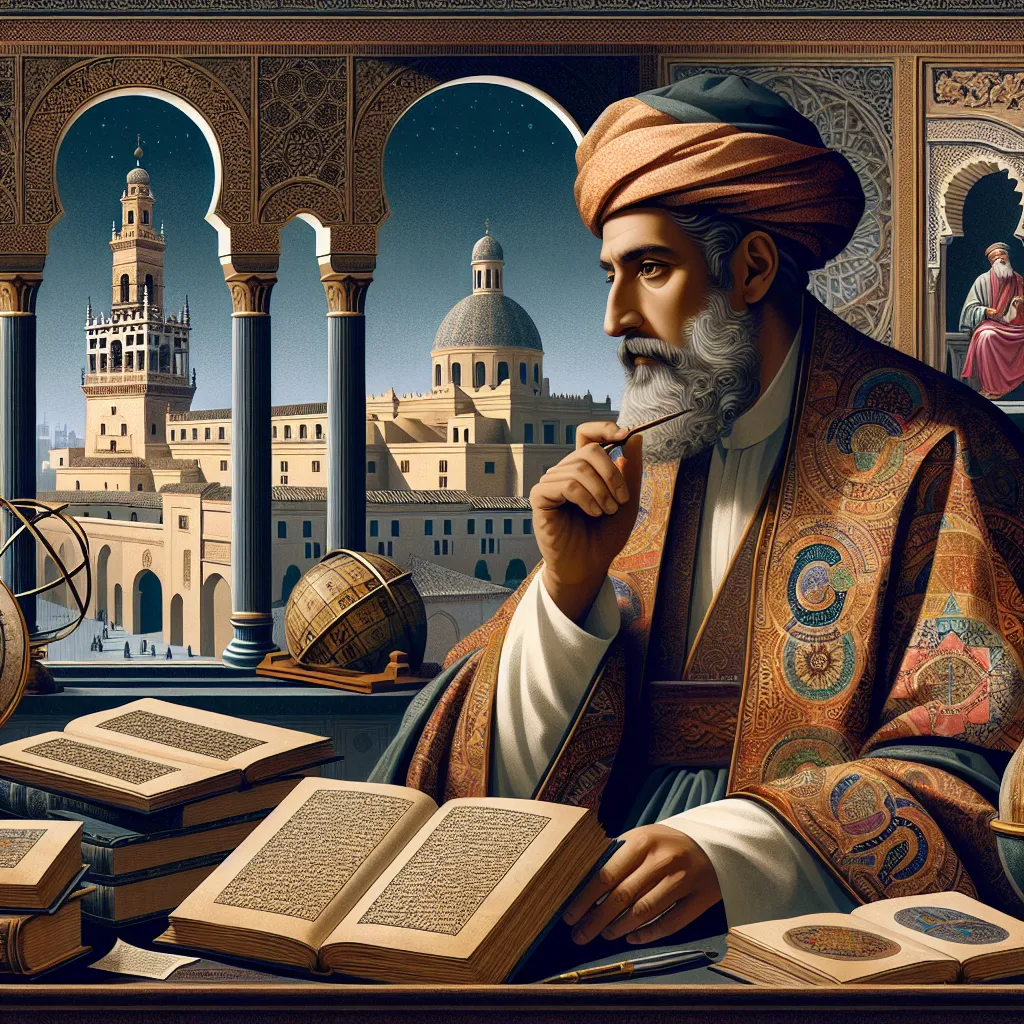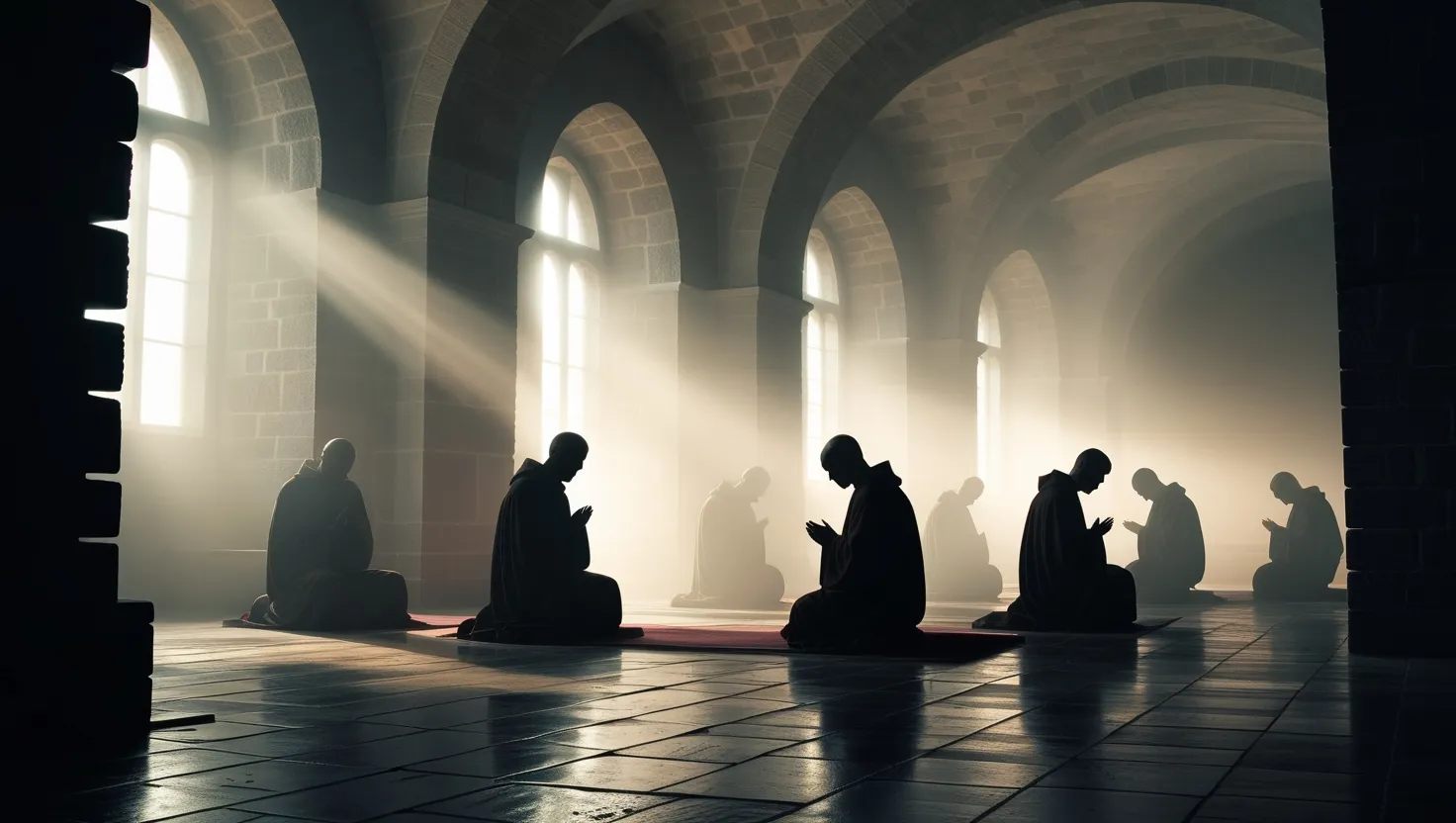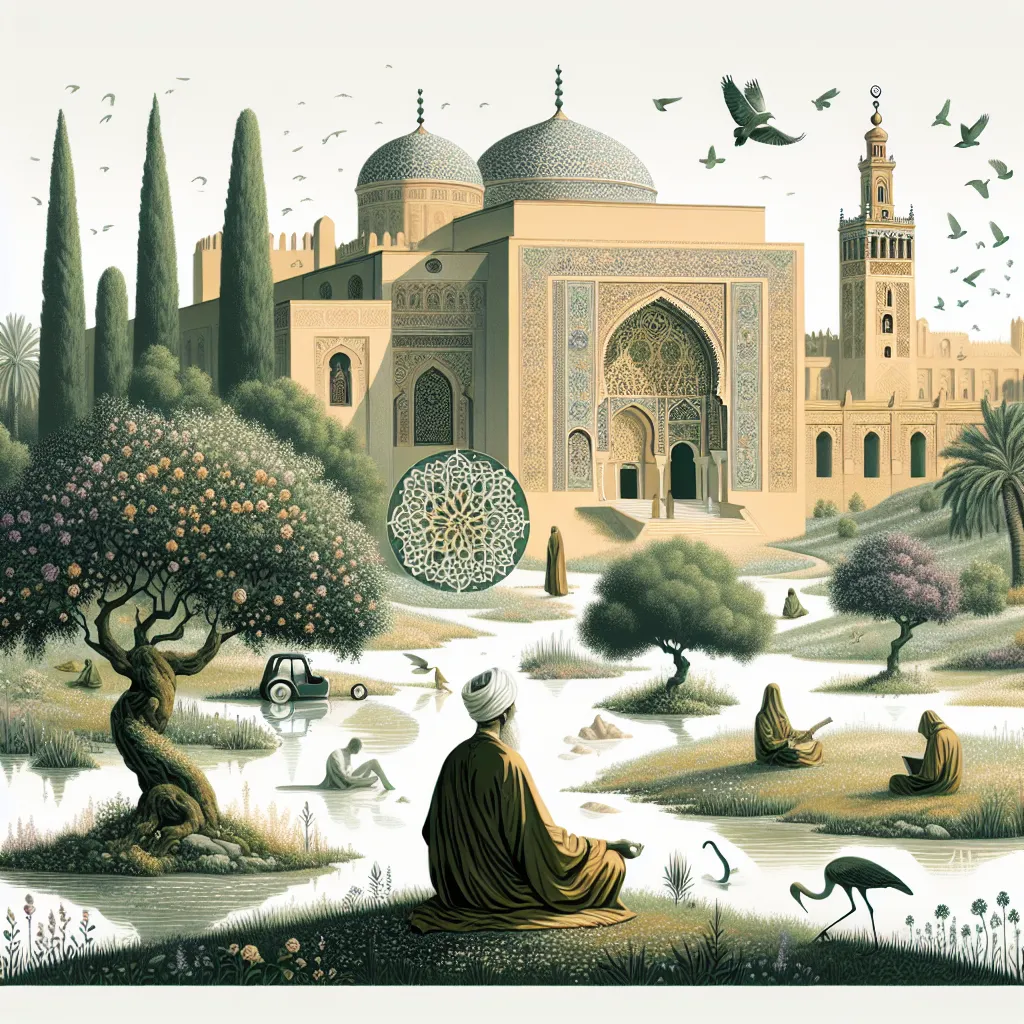In the vibrant and ever-evolving world of African folklore, one mythological figure stands out as particularly captivating: Mami Wata, commonly understood as “Mother Water.” Her tale is a weaving of cultural narratives that stretches across continents, leaving a profound mark on both African spirituality and various cultures worldwide.
The roots of Mami Wata are entangled with history, particularly the 15th-century interactions between Europeans and West Africans. During this era of exploration and exchange, European mermaid imagery collided and merged with the native African water spirits. This confluence birthed the figure of Mami Wata. Over time, her story has been shaped by multiple influences, drawing from Hindu gods, Christian saints, and even figures in Muslim traditions. This mix has made her a striking emblem of cultural blending.
Visual representations of Mami Wata are diverse, showcasing her multifaceted nature. She often takes the form of a mermaid, with a woman’s upper body paired with a fish tail, illustrating her links to both land and sea. Alternatively, she’s depicted as a snake charmer, sometimes incorporating her mermaid features, emphasizing her mystical, seductive powers. These depictions vary widely, reflecting each region’s own artistic flair and cultural interpretation.
Mami Wata’s worship stretches far and wide, touching many parts of Africa and the African diaspora from the Caribbean to South America. Her enduring veneration is anchored in the deep-seated cultural reverence for water. Water is a source of life, a sacred element with the power to nourish and destroy. In some traditions, she represents fertility, healing, and wealth. Yet, there’s also a fear factor—just like water, she can be unpredictable and dangerous.
The rituals surrounding Mami Wata are as varied as her appearances. Shrines are often erected in her name, adorned with images of snakes, fish, and marine symbolism. These sacred places are focal points for offerings and worship, signifying the belief in her power to dispense riches, protection, and spiritual insight. Among Nigeria’s Ibibio people, encounters with Mami Wata are believed to bring wealth and spiritual calling, transforming individuals into her priests or priestesses.
But it’s not just within Africa that her influence is felt. Mami Wata’s legacy has traveled across the seas with the African diaspora. Her presence is palpable in various spiritual practices in the Americas. In Haitian Vodou, she transforms into Lasirèn, a mermaid-like spirit of the sea. Similarly, in Brazil, Yemanja’s festival celebrates a sea goddess closely related to Mami Wata, illustrating the lasting influence of African aquatic deities in new lands.
Mami Wata’s story is one of duality. Balancing the nurturing and the destructive, she embodies life and death. Her association with snakes, revered across Africa for their ties to fertility and water, further emphasizes this dual nature. The snake charmer imagery highlights her dominion over these symbols, positioning her as a bridge between the earthly and the mystical.
Her impact on art and culture is profound. Artistic representations range from sculptures and paintings to masks and altars, reflecting both her spiritual impact and the rich diversity of interpretations. Exhibitions, like “Mami Wata: Arts for Water Spirits in Africa and Its Diasporas” at UCLA’s Fowler Museum, testify to her complex nature and enduring allure through vibrant artistic expressions.
In today’s world, even globalization and capitalism have stamped their mark on Mami Wata. Her ties to prosperity align her with economic ambitions, offering promises of good fortune in both traditional and modern contexts. As a figure aligned with the pursuit of wealth, she holds sway over imaginations amidst growing global economies.
Yet, Mami Wata’s path isn’t free from controversy. In some Christian and Islamic communities within Africa, her worship is met with suspicion, sometimes seen as clashing with mainstream religious beliefs. Despite this, her significance remains strong, underscoring the adaptability and resilience of her following.
More than just a folklore figure, Mami Wata encapsulates the intertwining of culture, spirituality, and history. Her essence flows like water—dynamic, life-giving, and sometimes dangerous. Through her, one can explore the depths of African spirituality and its profound global influence, highlighting the ever-changing dance between tradition and modernity.
